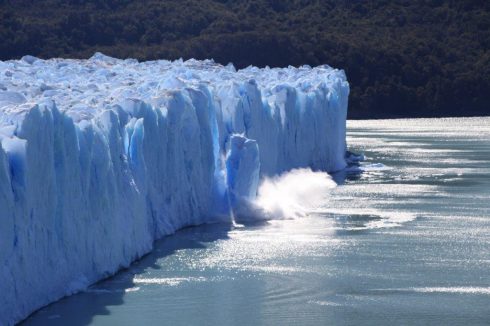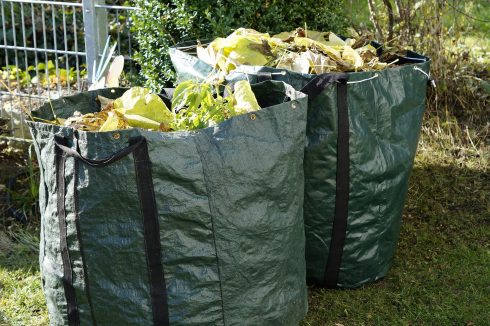APART from the devastating and deeply upsetting events unfolding in Ukraine, two very noteworthy pieces of news were in the news last week that should not be allowed to pass by without comment.
I will cover them both separately.They equally reinforce my constant message that more needs to be done to protect the environment for future generations.
PLASTIC IS TOXIC

A new study has revealed that of those tested, 77% had plastic in their blood.
Microplastics (tiny plastic particles) are pollutants found almost everywhere on Earth.
Scientists have detected microplastics on Mount Everest, in the Mariana Trench, in baby poo. AND NOW IN HUMAN BLOOD.
Polthylene Terephthalate (PET), commonly used in disposable water bottles was the most widely encountered plastic. Closely followed by Polystyrene (PS) which is used for food packaging.
WHERE IS IT GOING IN OUR BODIES?
Some will be excreted, but some will be retained in our organs.
Not a pleasant thought.
Microplastics, like all plastics, are non-biodegradable.
They can take hundreds of years to degrade in the environment. Our bodies do not last that long.
It is yet another wake up call for us all.
Plastic pollution is a widespread problem.It contributes to climate change, threatens ocean health, damages the health of marine species, food safety and quality, affects coastal tourism.
And now it is being proven to affect human health – and it is all at a phenomenal cost to the world’s economies. Experts predict that the societal cost of plastic pollution produced will exceed €7 TRILLION by 2040. Last year, the estimated costs of plastic pollution topped €4 trillion.
In addition 99% of plastic is made from fossil fuels – gas, oil and fracked gas.
It is truly toxic and harms all aspects of life from the moment production begins.
HEATWAVE IN THE ANTARCTIC

How does the coldest place on earth have a heatwave?
At the end of March an unprecedented temperature was recorded in the Antarctic. A temperature of 40C ABOVE AVERAGE was recorded at the French/Italian research station Concordia, located over 3000 metres above sea level on the Antarctic plateau.
Meanwhile at the other extreme of the planet in the Arctic, in the absence of sunlight, a temperature 30C higher than the March average was recorded.
With both the Antarctic and Arctic breaking records this calls into question even the most pessimistic climate change models.
So what does all this mean? Scientists are predicting catastrophic polar ice melt that will cause sea levels to rise and disrupt ocean currents.
This reinforces my regular message – climate change is NOT a future problem, it needs tackling now.
Every fraction of a degree increase in global warming matters.
Francisco Navarro, a glacier expert at the Technical University of Madrid, warns that these polar heatwaves contribute to many recently documented disasters.
And what more, if we warm the planet by two degrees more (which we are on track to do) these events will be 14 times more frequent.
The damage caused by global warming in these regions is irreversible. A temperature spike on February 8 this year caused the collapse of an ice shelf measuring 3,800 square kilometres.
Sea levels in Antarctica are predicted to rise by up to 1.7 metres by 2100.
All this sadly has consequences for us all.
Click here to read more Environment News from The Olive Press.








